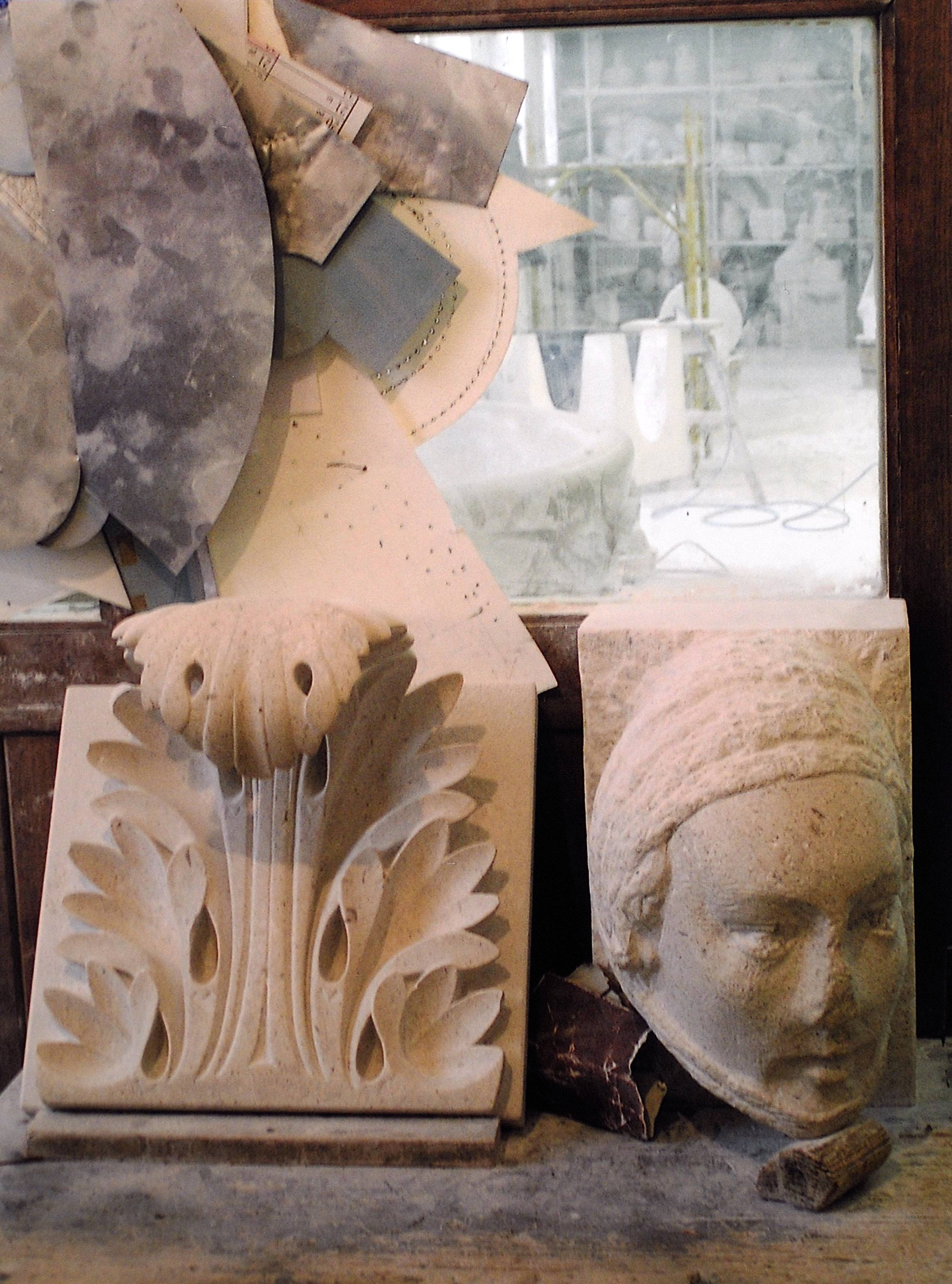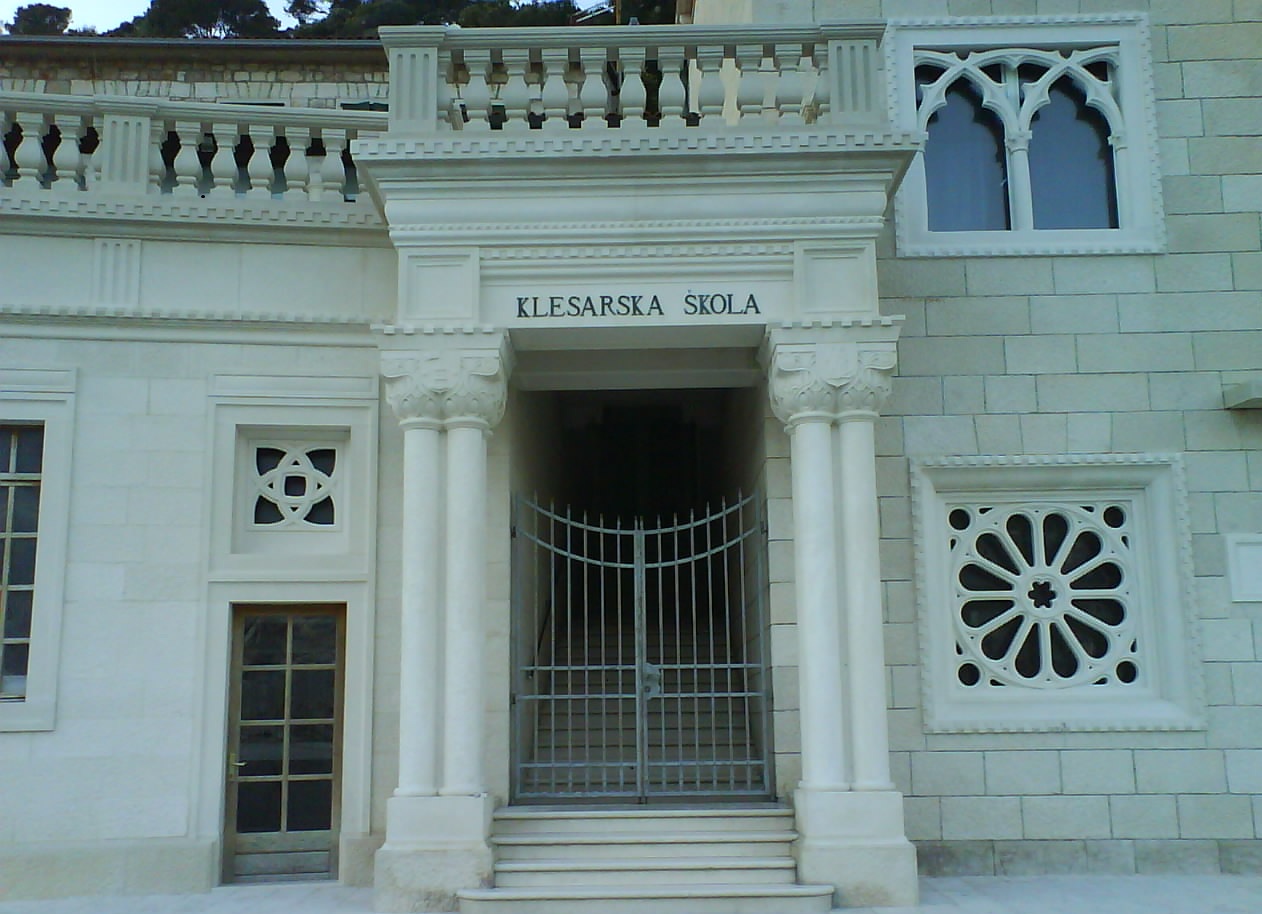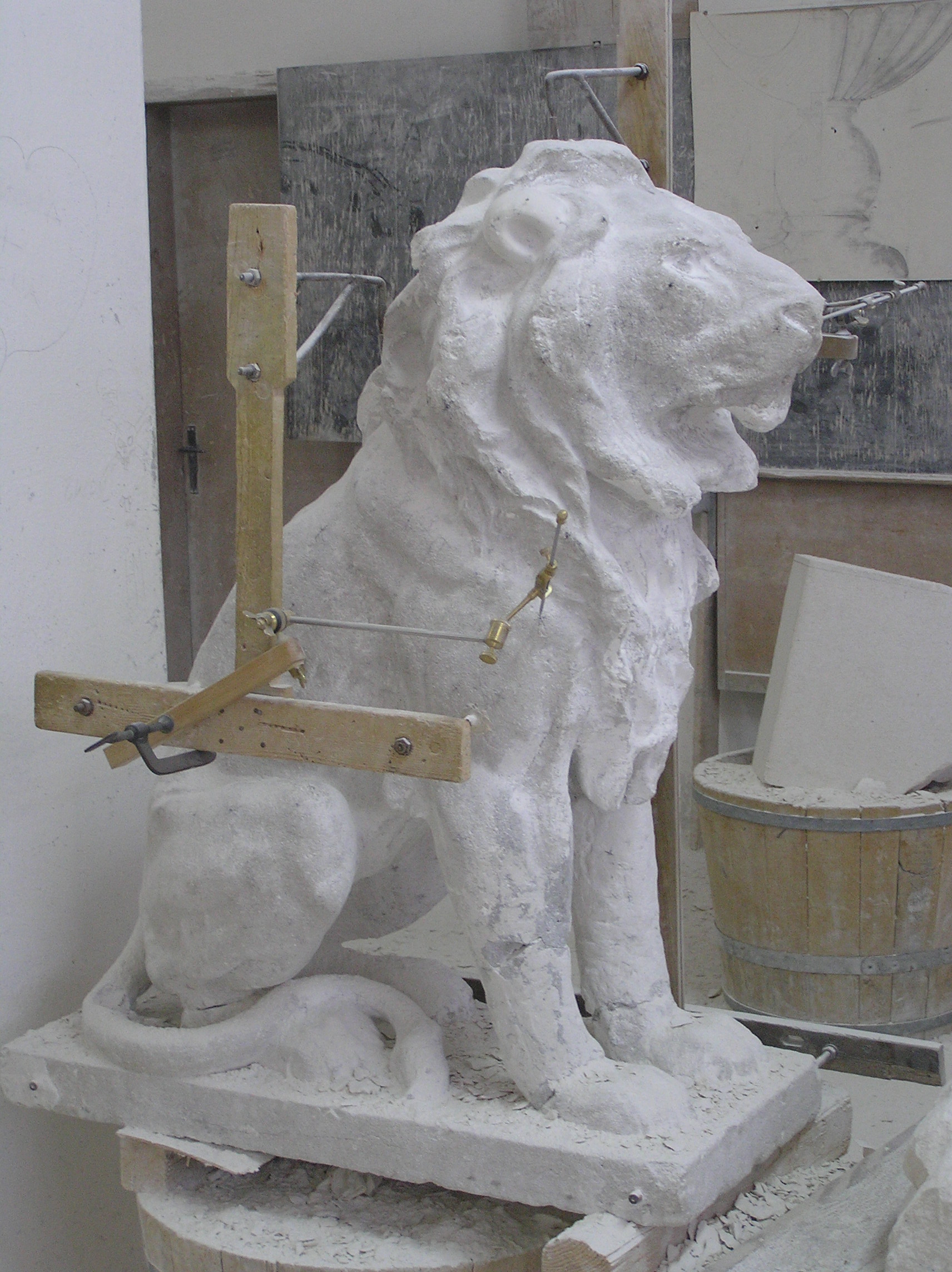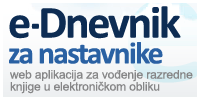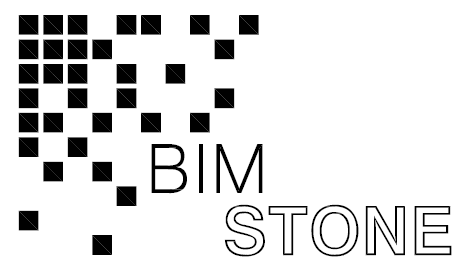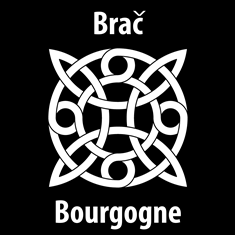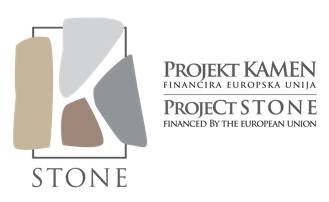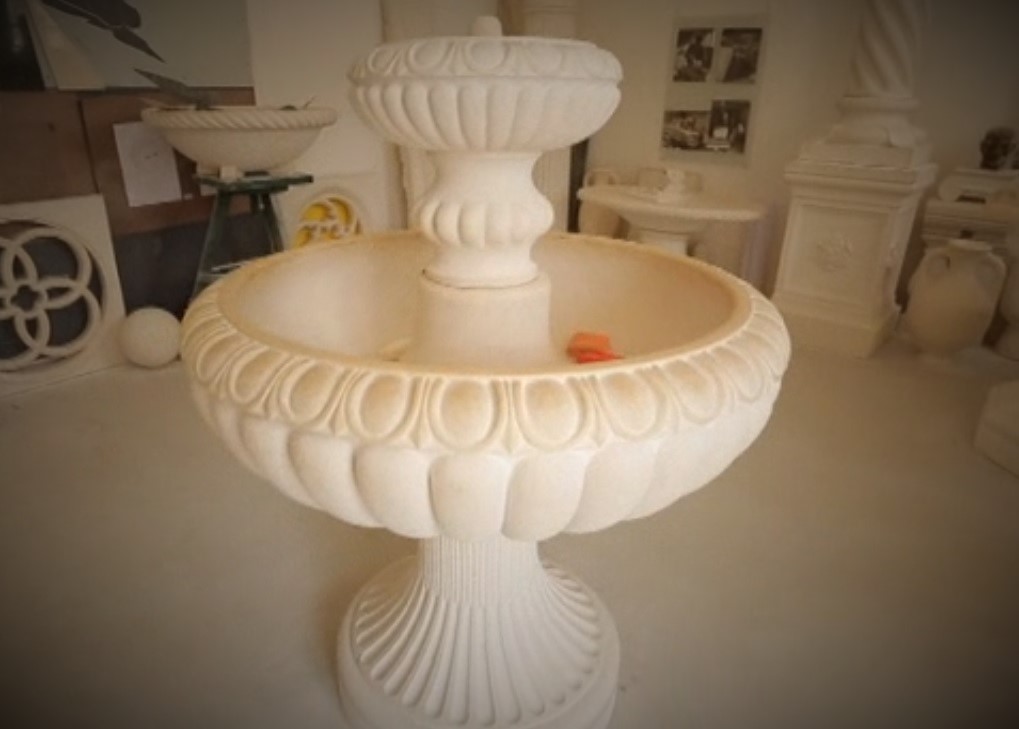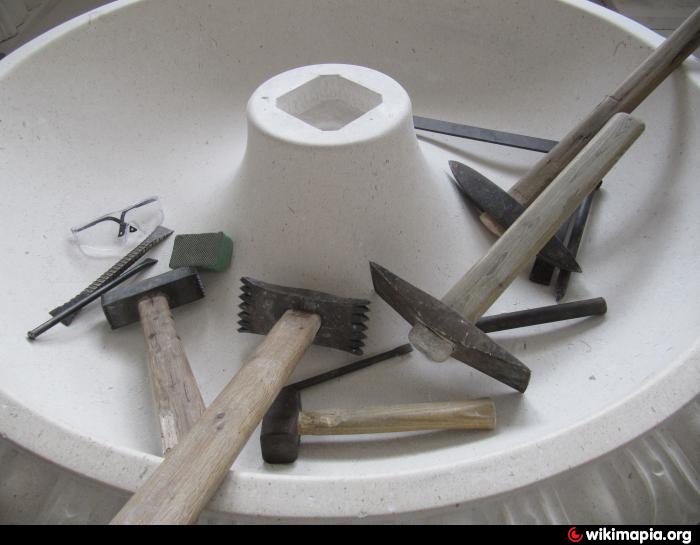
BACKGROUND
The BIMstone project is, in its nature, the production and development of multimedia materials based on BIM and taking into account challenges related to LCA (Life Cycle Analysis) of stone products, to be used as training material for both VET students and professionals in the sector, in order to satisfy a series of main objectives.
The motivation behind the project BIMstone is the consideration that stone products is one of the most sustainable construction materials and, in spite of the changes of technology and design across the years, it lasts as the main construction material for different works: building facade, outside pavements, inside pavements, inside walls, etc. But the value of stone products totally depends on the quality of manufacturing and quality of the placement. Related to the manufacturing, during the last decades, the most of European companies in this industry have increased a lot the quality of their products. However, concerning placement, the development has not been the same, and it is much lower than required by the sector. Furthermore, if in the stone products manufacturing European stakeholders have created clear standards, in placing the stone products it has not been the same, using, except for some specific products, as building facades, the traditional methods, whether they are the most suitable or not.
It is necessary to define and compile the most appropriate methods for placing stone products using the latest BIM technologies, those which bring high levels of effectiveness, starting from the local traditional methods, but comparing them, selecting the best ones for any specific stone product, and incorporating them into the curricula of the training organisations in the sector, both for initial training and for continuous training.
Taking advantage of this situation of raising the BIM tool in countries with scope of our consortium, and also counting on a partner of a leading country and precursor of this tool, we consider that a perfect framework for the realisation of this project is created with the firm purpose to make education more plausible in the processes of placement and execution of stone products.
Life Cycle Thinking implies a form of global analysis that not only includes the traditional parameters (manufacturing and production), but also considering all the processes that take place throughout its life cycle (from the cradle to the grave). In this way, the hidden impacts surface and the transfer of loads is avoided; Helping to make decisions and identify options.
Institutions such as the United Nations Environment Program (through the UNEP-SETAC Life Cycle Initiative) or the European Commission (through the European Platform for LCA) promote its application for the environmental improvement of products and processes in all sectors, Including construction.
OBJECTIVES
The idea of the proposal has arisen from the conclusions of different meetings of the European associations, aimed to solve the multiple demands of the national associations whose member companies, were aware that the placement has a big influence in the market of the stone products and manufactured products, giving an extra value to the product, when it is placed following the best practices, or making it looks like an “unsuitable” material, when the placement procedures are not the proper ones.
PRODUCTS
The main results of the project are:
O1. Establishment of common learning outcomes on stone placing methods, life cycle analysis and relative regulations.
O2. BIMstone Multimedia Materials. New Interactive BIM-learning methods (IT production of BIMstone Multimedia Cards and Interactive BIM Tool).
O3. ONLINE RESOURCE CENTRE.
CONSORTIUM AND IMPACT
DNV (DEUTSCHER NATURWERKSTEIN-VERBAND E.V) and RoGBC (Asociatia “Romania Green Building Council”), decided to start a project to improve the quality of stone products placement across Europe, and got in contact with CTM (Business Association of Research for Marble, Natural Stone and Materials Technology Centre), COAMU (Association of Architects of Region of Murcia) and Klesarska (Klesarska skola), organisations with a wide experience in coordinating EU projects in these fields. These partners have the biggest competences in placing the stone products, being aware of the importance of them represent the main European stone products areas and, then, the most comprehensive knowledge about this matter. Finally, the schools in the project come from different countries, where all partners have close cooperation with VET providers.
In addition, all of them can bring to the project different uses of the stone products and different techniques for placing it, as well as the energy saving and sustainable design with the aim to achieve the foundation of a good design, and the whole society is aware of these facts.

Trenutno ne postoji niti jedan album.
| « Srpanj 2025 » | ||||||
| Po | Ut | Sr | Če | Pe | Su | Ne |
| 30 | 1 | 2 | 3 | 4 | 5 | 6 |
| 7 | 8 | 9 | 10 | 11 | 12 | 13 |
| 14 | 15 | 16 | 17 | 18 | 19 | 20 |
| 21 | 22 | 23 | 24 | 25 | 26 | 27 |
| 28 | 29 | 30 | 31 | 1 | 2 | 3 |
| 4 | 5 | 6 | 7 | 8 | 9 | 10 |
II Dopune i izmjene plan nabave 01-13 26.11.13.xlsx
I. izmjena i dopuna plana nabave 2016.xlsx
Izjava o postojanju nepostojanju sukoba interesa-11042019.pdf
plana nabave 2016.pdf
plana_nabave_2017.xls
plan nabave 01-12.xlsx
Plan nabave 01-13.xlsx
plan nabave 2014 26.11.13.xlsx
plan nabave 2015 240215.xlsx
